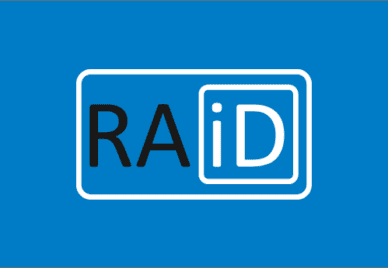
ARDC and DataCite Announce Partnership to Deliver the RAiD Service
Exploreabout ARDC and DataCite Announce Partnership to Deliver the RAiD Service
Location and spatial relationships play an important role in understanding and making decisions. During emergency events such as bushfires, having access to accurate locational data helps improve emergency service coordination and recovery efforts.
Bringing all this data together effectively requires quality metadata.
Metadata helps reduce the cost and time spent collecting, managing and delivering data; increases interoperability with other datasets; improves decision making through the use of authenticated and trusted data; provides transparency about data quality and supports attribution.
For example, in 2016 the Elevation Information System was launched by Geoscience Australia (GA) as part of the National Elevation Data Framework (NEDF) to make it easier for Australians to access elevation datasets in an open, free and easily accessible environment. As a result, users can now easily download the continent-wide elevation data.
In its first year, the new platform led to an 80 per cent reduction in GA’s elevation data infrastructure costs. It reduced workflow delivery time by 90 per cent and increased delivery capacity by 1,000 per cent.
As the use and reliance on spatial data access continues to increase, from in-vehicle navigation to precision agriculture, the Australia New Zealand Spatial Information Council (ANZLIC) decided to address some of the challenges surrounding data access. In response, the organisation and the Intergovernmental Committee on Surveying and Mapping formed the Australian and New Zealand Location Information Metadata Working Group.
The group started with 32 individuals from 17 different organisations in June 2018; it now includes 100 people from 34 organisations, including the ARDC, TERN, the Department of Defence and the Australian Antarctic Division. It aims to improve interoperability and data exchange, especially between research and government sector data, and bridge differences between commonly used standards, including ISO 19115, DCAT2, DublinCore, CKAN and others.
Part of the group’s work involved creating a good practice guide for the spatial community, to improve understanding of locational metadata and communicate its benefits.
This guide, the ICSM 19115-1 Metadata Good Practice Guide is now available on the ANZLIC website.
As expected, trying to develop and manage a project across such a widespread team had some challenges.
“Coordination of activities across Australia, adoption of standards and managing people time were probably the biggest challenges,” said Irina Bastrakova, from Geoscience Australia, the working group’s chair.
The group members have been encouraged by the positive feedback that they have received from the government and research communities and are now working a best practice guide for service metadata that will align with the newly created recommendations.